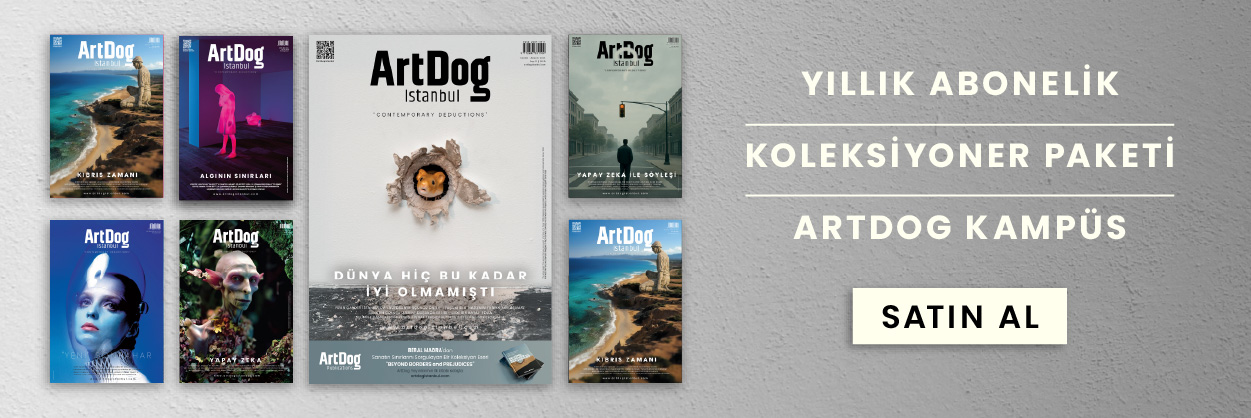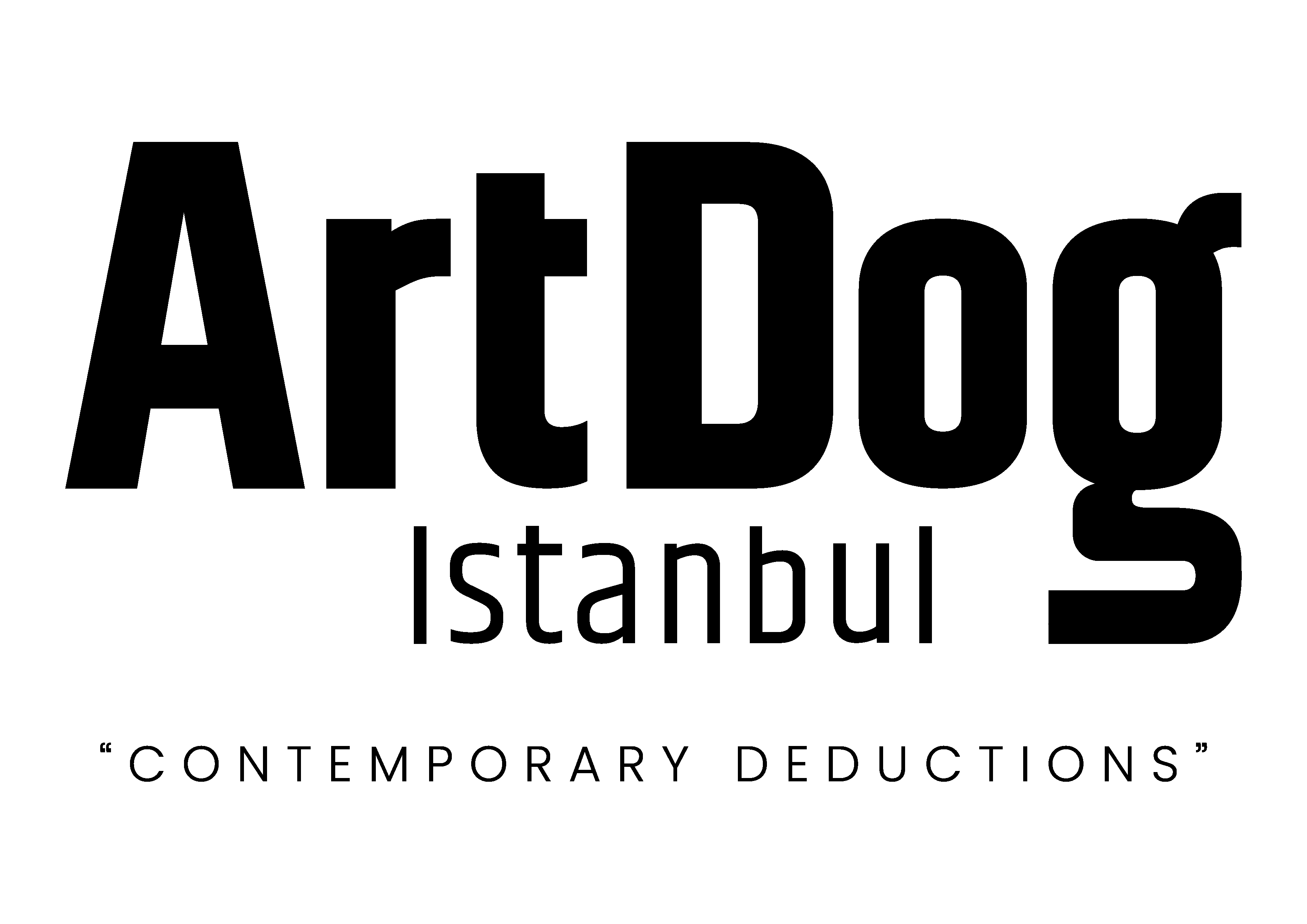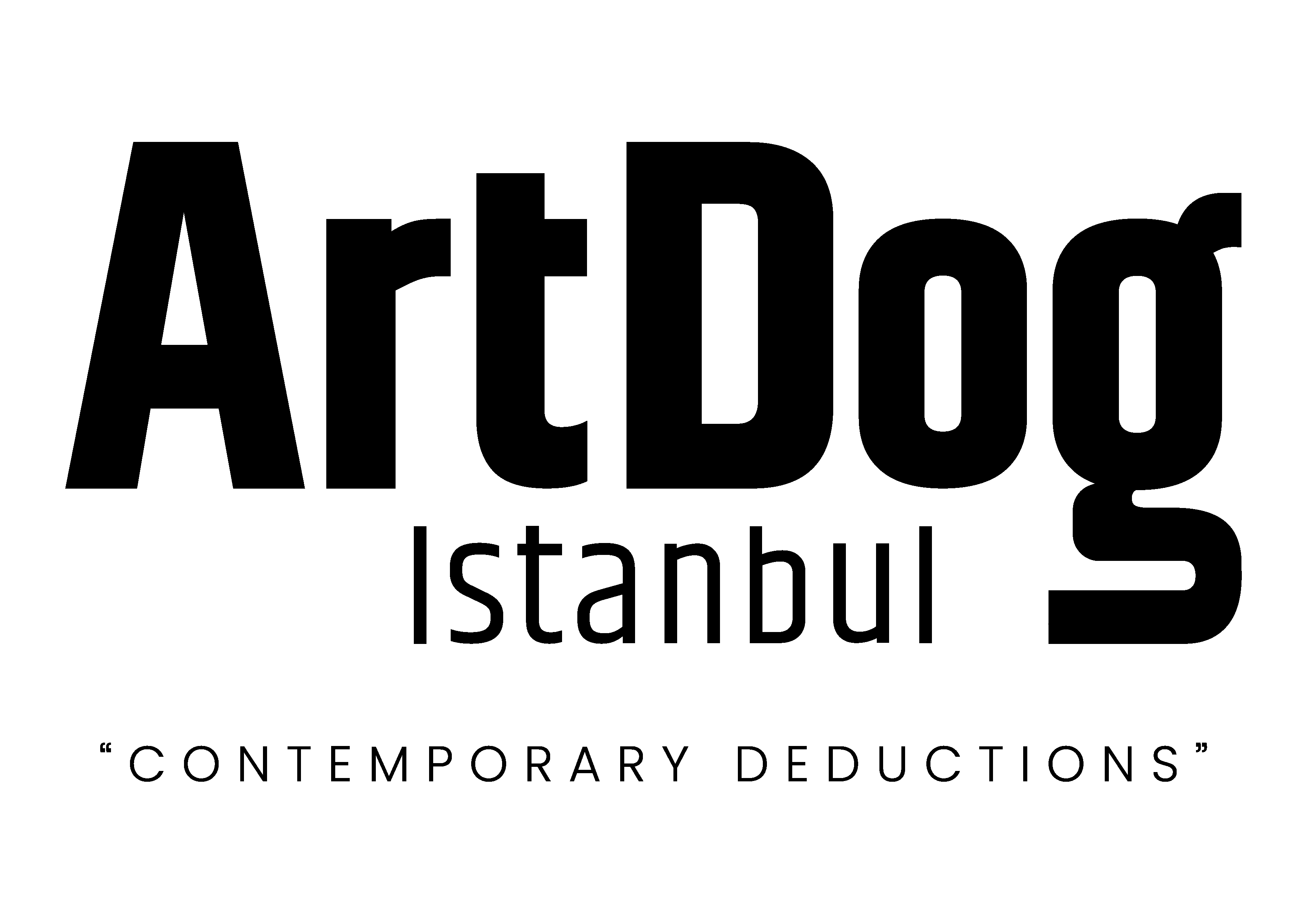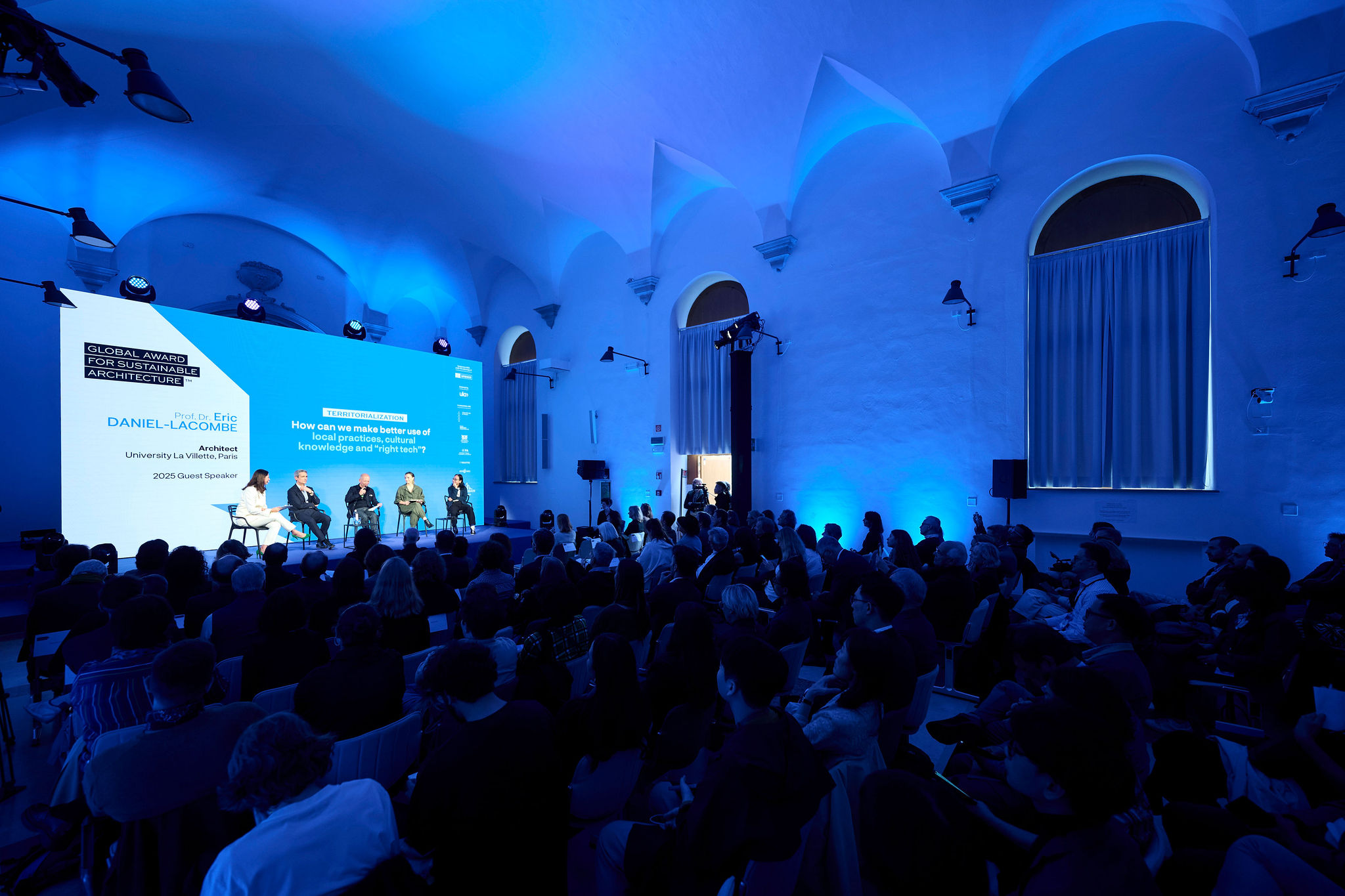Japanese architect Tadao Ando has unveiled his project that will bring a new breath of fresh air to Dubai’s art and architecture scene. Announced as the Dubai Museum of Art (DUMA), the museum will come to life in a curved structure shaped by the movement of water and light above Dubai Creek. Light, simplicity, and dialogue with nature, the most distinctive elements of Ando’s architectural language, intersect with the city’s modern cultural vision this time.
The project is being developed by the Dubai-based Al-Futtaim Group and is seen as part of a strategy to strengthen the city’s creative economy under the patronage of Dubai’s ruler, Sheikh Mohammed bin Rashid Al Maktoum. Upon completion, DUMA aims to be not just a museum but a new symbol on Dubai’s global cultural map.
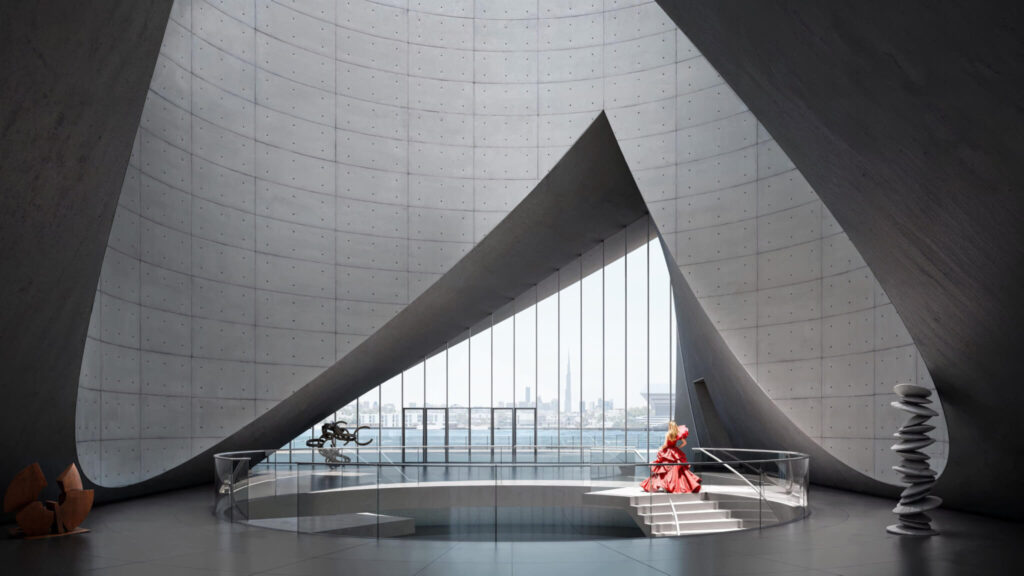
A Form Born of Sea, Pearl, and Light
The five-story museum building stands out with its curved form reminiscent of a seashell and its white exterior surface. Reflecting Ando’s philosophy that “architecture should speak with nature, not silence it,” the structure was designed inspired by images of the sea and pearls. Triangular windows extending along the museum’s exterior carry light into the building in a spiral pattern; the interior, meanwhile, transforms daylight into a soft glow thanks to a central circular skylight.
The spacious gallery areas on the ground and first floors have been flexibly planned to accommodate different forms of contemporary art. The VIP lounge and restaurant on the museum’s upper floor will offer a panoramic terrace overlooking the Dubai skyline through full-height windows. The museum will also feature a library, reading rooms, research units, and workshop spaces for young artists. Recalling Tadao Ando’s statement that “architecture should not speak too much,” DUMA’s interior exudes a quiet, serene, and poetic atmosphere. The beams of light falling on the concrete surfaces create an almost meditative spatial experience within the building.
A New Phase in Dubai’s Cultural Investments
Omar Al Futtaim, CEO of Al-Futtaim Group, emphasized that the museum is not just an architectural project, but a “symbol of Dubai’s openness to creativity, intercultural dialogue, and universal art.” “Tadao Ando’s architecture speaks the language of light, silence, and spirit,” said Al Futtaim, noting that DUMA will establish a dialogue between nature, water, and the human spirit.
Sheikh Mohammed bin Rashid Al Maktoum, Ruler of Dubai, stated that the museum will be “one of the centers of the city’s cultural ecosystem that supports creativity”:
“Dubai has become a city where artists and creative communities from around the world come together. DUMA will take this vision further and establish Dubai as a permanent fixture on the international map of modern art.” Once completed, the museum will host works by leading names in contemporary art, as well as open its doors to events such as artist talks, panels, educational programs, and art fairs. Thus, DUMA will serve not only as an exhibition space but also as a center that encourages creative production and cultural interaction.
Tadao Ando made his mark in the history of world architecture with the Pritzker Architecture Prize he received in 1995. Known for buildings such as the Chichu Art Museum in Japan and the Bourse de Commerce in Paris, Ando once again questions the relationship between light, space, and human experience in architecture with DUMA. Although the construction schedule has not yet been announced, DUMA has the potential to become the Middle East’s new art center upon completion, both for its architecture and its cultural mission.

